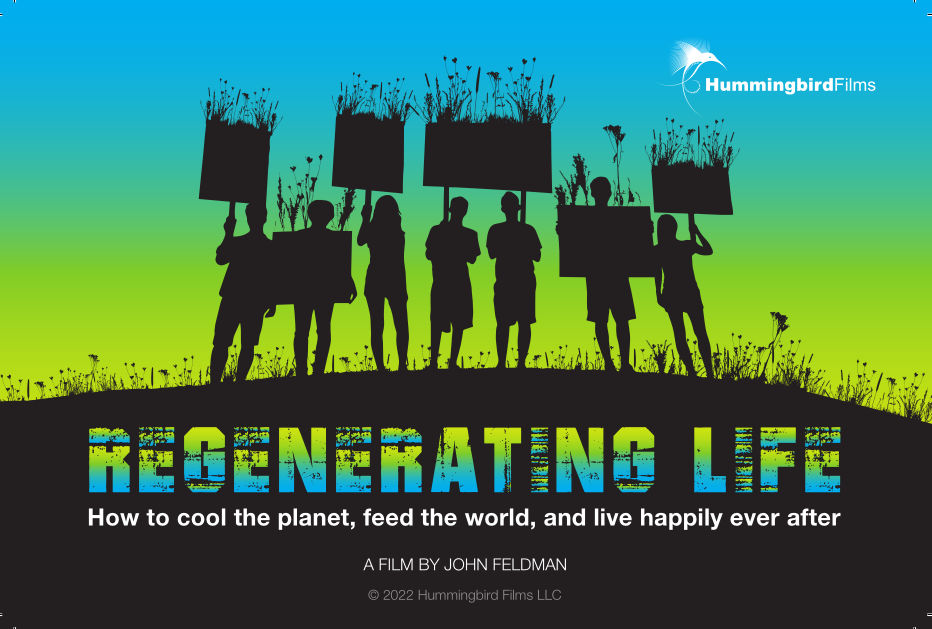
Regenerating Life is a feature-length documentary that takes an ecological approach to unraveling the climate crisis. It shifts away from the idea that carbon emissions from the burning of fossil fuels are the primary cause of this crisis and offers a new narrative. The film proposes that it is humankind’s relentless destruction of nature that has caused the climate crisis. This is because nature – the vast biodiversity that exists on our planet – regulates and balances Earth’s climate.
We can reverse this destructive process by Regenerating Life. Filmmaker John Feldman explores how life regulates the climate through photosynthesis and the carbon cycle; the water cycle; the dung cycle; and a vast interconnected soil network of fungi, microorganisms, and plant roots. He dives into the economic and political systems that have encouraged this destruction of Earth through the relentless quest for wealth and dominion.
John visits people who are working on solutions. They are looking for ways to repair the damage. By working with nature, they are restoring the forests, fields, wetlands, and oceans. They are regenerating soils to grow healthy food and build healthy communities. This is the solution to the climate crisis.
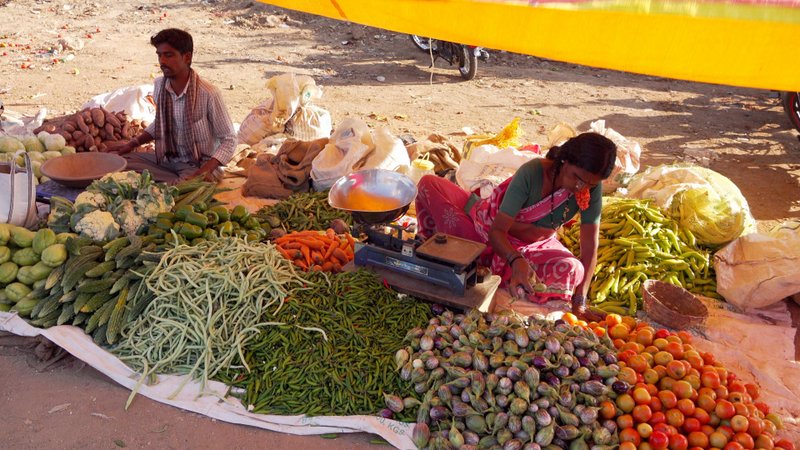
A Film in Three Parts
1. Water Cools the Planet

When I started this film about the causes and solutions to the climate crisis, I had no idea I’d be spending so much time looking at water. It was Walter Jehne who first introduced me to the idea that “water governs 95% of the heat dynamics of the blue planet, Earth.” Water vapor is the dominant greenhouse gas.
Greenhouse gases – including carbon dioxide and methane – keep the Earth from freezing by retaining some of the heat coming off the Earth’s surface. Over the past few centuries, this effect has been increasing. But contrary to popular explanations, this increase is not governed by the increase in the greenhouse gasses, but by the increase in heat being reradiated from the Earth’s surface due to the increase in the amount of bare land. Bare land radiates far more heat than land that is covered with trees and other plants. Today about 40% of the land on Earth that was once green is now barren and dry. The land is dry because the soil is lifeless and therefore doesn’t have the capacity to retain water.
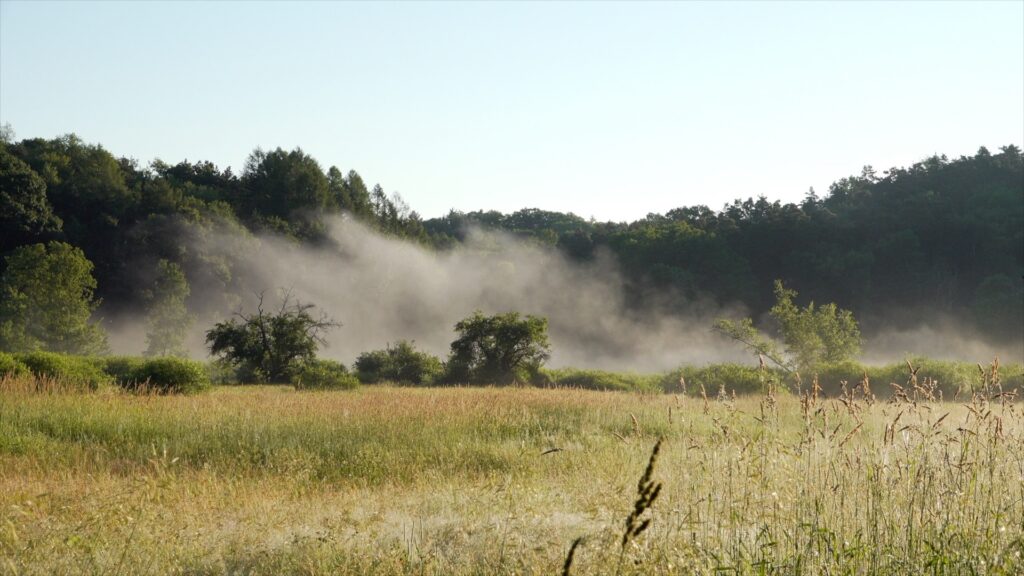
We live on a water-cooled planet. Water has the amazing capacity to cool through the process of evaporation. On the land most of that evaporation is from water vapor transpired by plants. Plants sweat too. That water vapor rises up in the atmosphere, condenses as mists and clouds, and then comes down as rain. The rain is held in the soil, so it is available to Life.
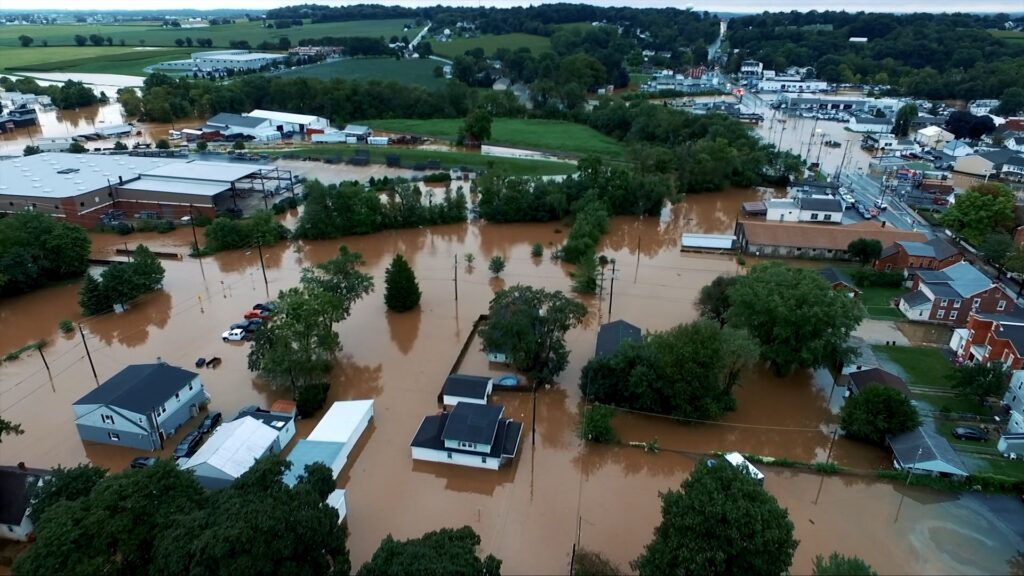
So what happens when we destroy the forests, kill the soil, and destabilize the water cycles? Hurricanes, storms, floods, droughts, arid-ification and wildfires. All the extreme events that we associate with “climate change” are extreme water events.
2. Life Sustains the Climate
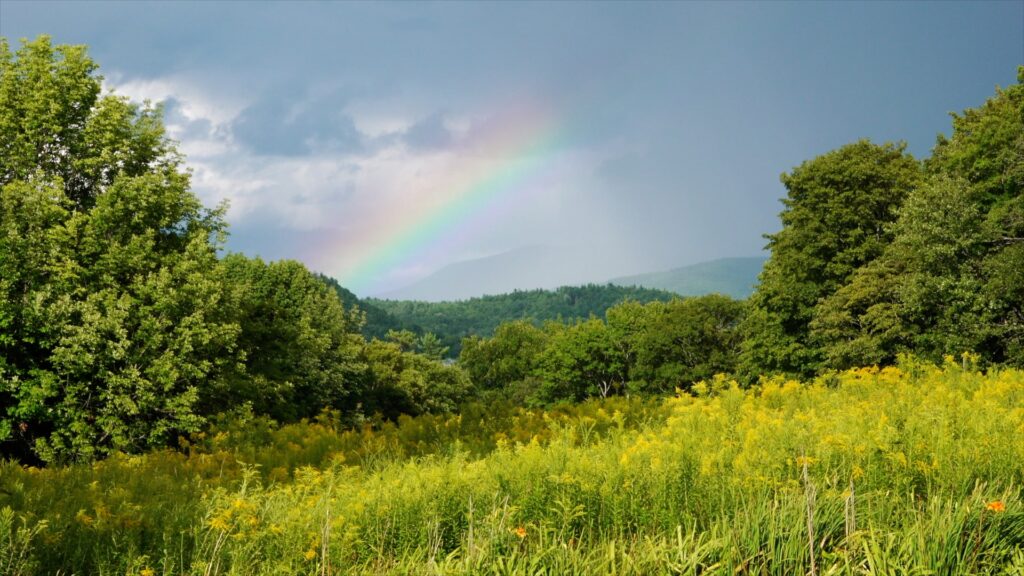
Walter Jehne says, “The challenge in climate change is to rebuild the buffering, is to rebuild the resilience and capacity of the biosystems to sustain themselves.” So next I ask: How does life sustain itself? Where do the matter and energy that flows through living systems come from and where do they go? To answer these questions, I explores photosynthesis, combustion, and the energy balance of our planet. It’s awe inspiring. Energy from the sun is used by green plants through photosynthesis to create food. That food, that energy, is used by Life and then released as heat into outer-space. The matter – the stuff we are made of – initially comes from the atmosphere and rocks and is continually recycled. As scientist Lynn Margulis points out the waste of one is the food for the other. This is the basis of ecology.
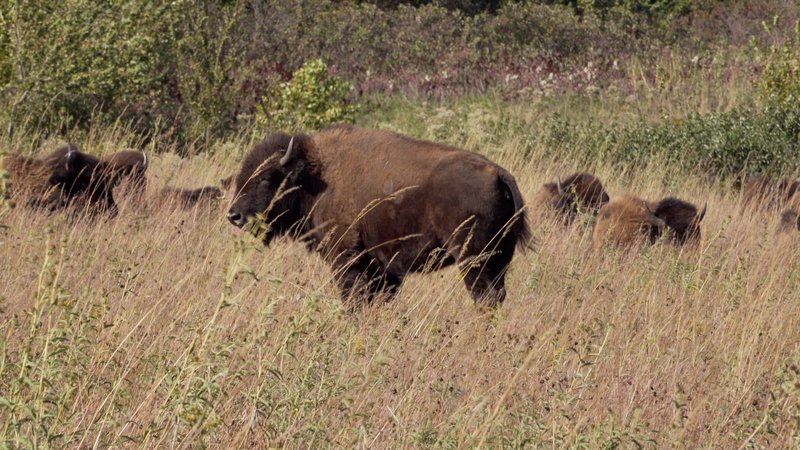
Soil is the living tissue of the Earth. It nurtures complex biodiverse eco-systems that include everything from bacteria to trees to us. In healthy soil, mycorrhizal fungi build a living porous architecture that acts like a sponge, which holds water and makes it available to the system. My friend the micro-cinematographer Ruben Duro shows us amazing footage of life in the soil from worms, centipedes, protists and bacteria to the network of mycorrizal fungi.
By destroying the forests and fields and by killing the soil, we have grossly upset this balance. But it is fixable. To restore this balance we need to restore ecosystems. Many people are doing just that. From large scale government efforts to locally focused restoration projects, people are learning to work with the natural cycles to undo the centuries of damage we have done to Earth’s environments – damage that has caused the climate crisis.

Undermining all these eco-restoration efforts, the corporate destruction of the forests and exploitation of the land and the people is today accelerating at an astounding rate. Around the world, forest lands are stolen from indigenous peoples to be exploited and stripped for corporate profit. Land defenders are often jailed or murdered. Banks and corporations, in league with governments and their economic treaties, plunder the Earth, destroy biodiversity, and pollute the oceans, rivers and atmosphere. People continue to fight back.
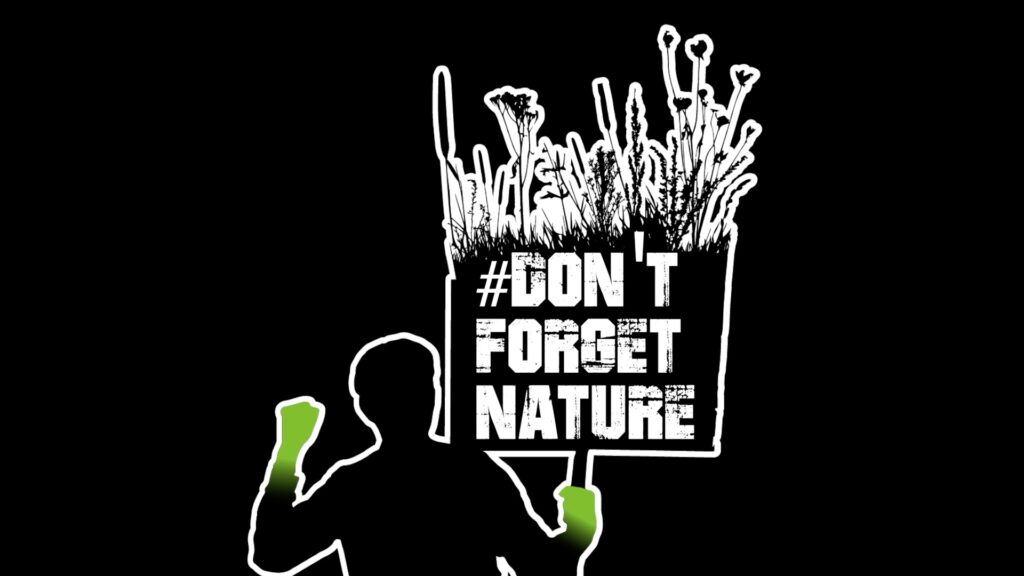
As I learn how the system of life controls the climate and how rapacious capitalism has destroyed the biosphere causing climate change, I am prompted to ask: How did CO2 become the fall guy for all of our climate change woes? This can be traced back to the need to present a simple quantitative model of global warming to catalyze public awareness and political action. But the simplified narrative has led to the false solution of cutting carbon emissions. And while the current efforts to cut fossil fuel use and move to renewable energy are crucial to solving the energy crisis, they alone will not solve the climate crisis.
3. Small Farms Feed the World
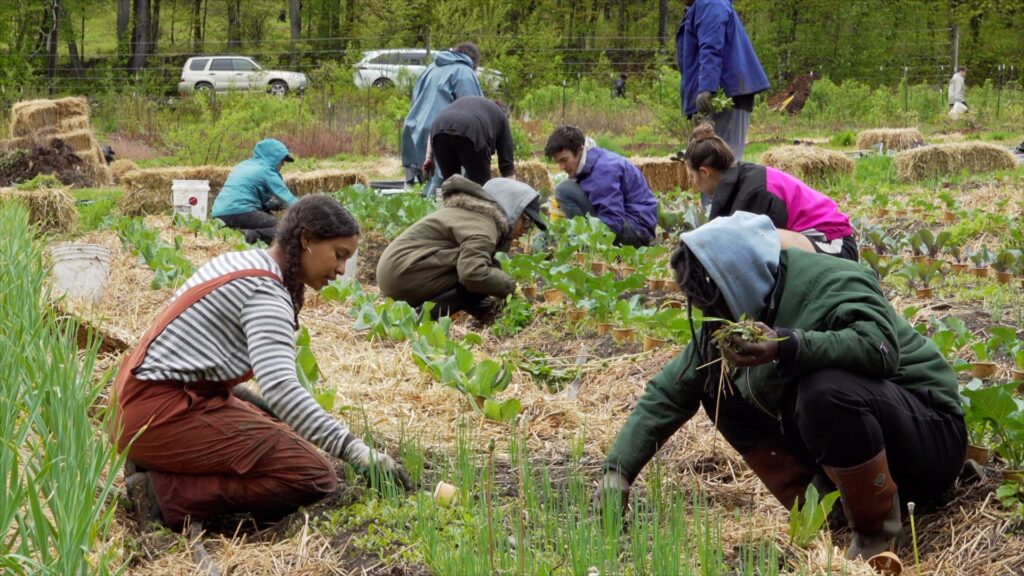
Plowing kills the life in the soil. This thought compels Wes Jackson to call agriculature “the equivalent of the biblical fall.” So next I visited farmers and agronomists across the US and in Andhra Pradesh, India to find out how humans have brought about the climate crisis through the industrialization of agriculture. Thousands of years of plowing, coupled with today’s use of chemical fertilizers and pesticides, have killed the soils, destabilized the water cycles, polluted the oceans, and poisoned our food.
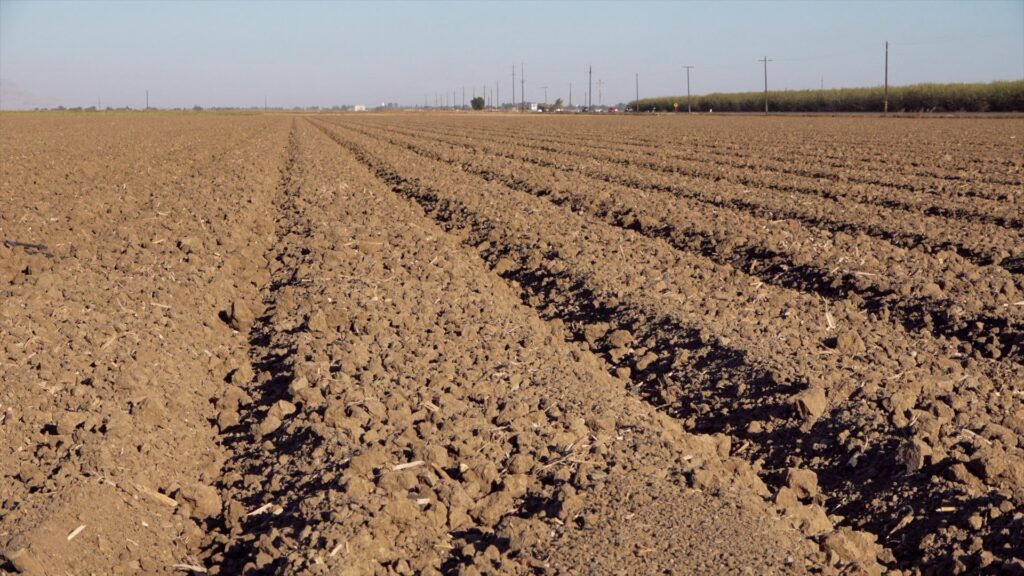
From the Dust Bowl in the US in the 1930s to the Green Revolution that started in the 1960’s and continues to this day, the film traces the history of the exploitation of the food system through an extractive economy.
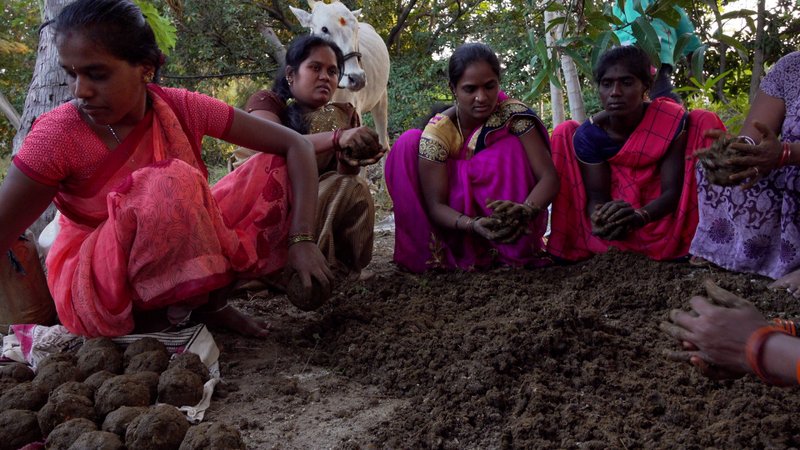
But then I discovered that agriculture is also the answer. Solutions come from farmers, scientists, and activists who are working to save the soils and bring back healthy communities through ecological farming. These people represent a movement toward sanity. The goal is to restore the Earth by restoring the food system through a basic understanding that “the more you nurture the land, the more the land will nurture you.”
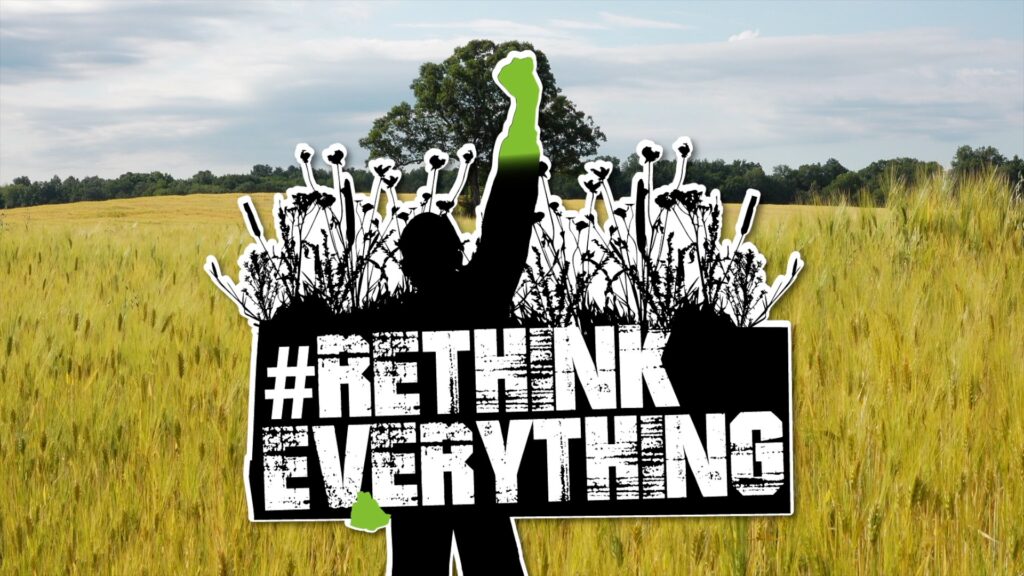
Link to Facebook: https://www.facebook.com/regeneratinglife/
Link to Instagram: https://www.instagram.com/hummingbirdfilms.johnfeldman/
Sign up for Hummingbird Films e-newsletter or Contact.
